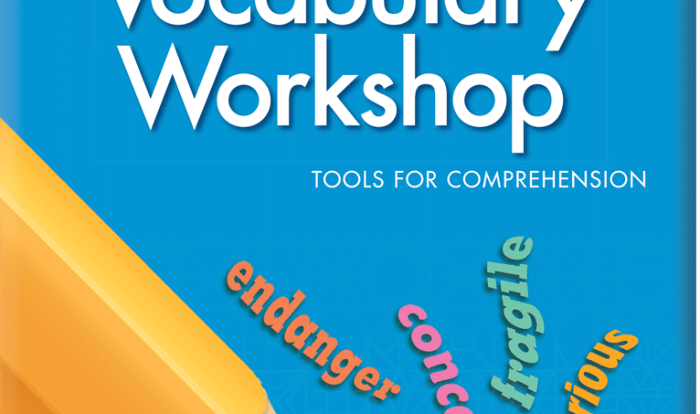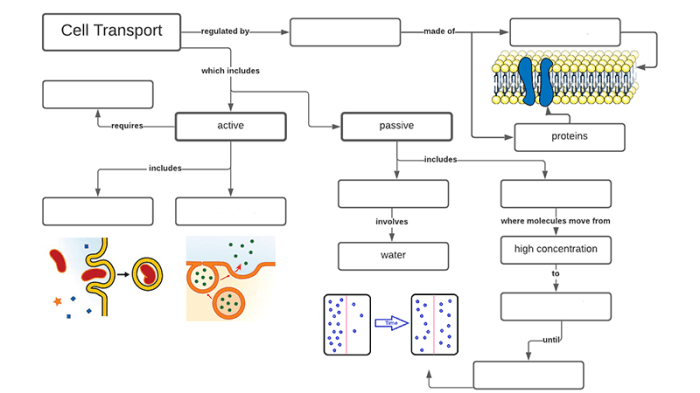Embarking on the journey of Domain 3 Lesson 2 Fill in the Blanks, we uncover a lesson meticulously crafted to cultivate student understanding and foster critical thinking. Through a tapestry of engaging activities, interactive assessments, and thoughtful differentiation, this lesson promises an enriching learning experience that extends beyond the classroom.
The lesson delves into the core concepts and topics of Domain 3, providing a comprehensive overview that equips students with the knowledge and skills necessary to excel in this domain. With a focus on student engagement and meaningful learning, the lesson employs a variety of strategies to cater to diverse learning styles and ensure equitable opportunities for all.
Domain 3 Lesson 2 Overview

Domain 3 Lesson 2 aims to enhance educators’ understanding of the principles and practices of effective assessment and evaluation in the context of online and blended learning environments.
The lesson covers key concepts such as assessment design, data analysis, and the use of technology to support assessment and evaluation. It also addresses strategies for providing feedback to students and promoting student self-assessment.
Upon completing this lesson, educators will be able to:
- Design and implement effective assessments that align with learning objectives.
- Analyze and interpret assessment data to inform instructional decisions.
- Use technology to enhance assessment and evaluation processes.
- Provide meaningful feedback to students to support their learning.
- Promote student self-assessment and reflection.
Content and Activities
The lesson includes a variety of content and activities designed to engage educators and facilitate their learning.
Key content areas covered in the lesson include:
- Principles of assessment and evaluation in online and blended learning environments.
- Types of assessments and their appropriate use.
- Strategies for designing effective assessments.
- Methods for analyzing and interpreting assessment data.
- The use of technology to support assessment and evaluation.
- Strategies for providing feedback to students.
- Promoting student self-assessment and reflection.
Activities in the lesson include:
- Interactive simulations and case studies.
- Collaborative discussions and peer feedback.
- Hands-on practice in designing and implementing assessments.
- Self-reflection and journaling activities.
These activities are designed to provide educators with opportunities to apply their learning and develop their skills in assessment and evaluation.
Assessment and Evaluation
Assessment and evaluation are integral components of the lesson, and a variety of strategies are used to assess student understanding and progress.
Assessments include:
- Quizzes and assignments that assess students’ knowledge of key concepts.
- Projects and presentations that demonstrate students’ ability to apply their learning.
- Peer feedback and self-reflection activities that promote critical thinking and metacognition.
The assessments align with the lesson objectives and learning outcomes and are designed to provide educators with feedback on their progress.
Criteria for evaluating student performance include:
- Accuracy and completeness of knowledge.
- Ability to apply learning to new situations.
- Critical thinking and problem-solving skills.
- Communication and presentation skills.
- Self-reflection and metacognition.
Educators receive feedback on their assessments through:
- Automated grading and feedback.
- Peer feedback.
- Instructor feedback.
Technology Integration
Technology is integrated throughout the lesson to support student learning.
Specific tools and resources used include:
- Online learning management systems (LMS).
- Assessment software and tools.
- Collaboration and communication tools.
- Data analysis and visualization tools.
These tools enhance the learning experience by:
- Providing access to a variety of learning resources.
- Facilitating collaboration and peer feedback.
- Automating assessment and grading processes.
- Providing data and analytics to inform instructional decisions.
The use of technology in the lesson also prepares educators to use technology effectively in their own teaching practice.
Differentiation and Modifications
The lesson provides strategies for differentiating instruction to meet the needs of diverse learners.
Strategies include:
- Providing multiple pathways to learning.
- Offering a variety of assessment options.
- Accommodating students with learning differences.
- Providing support and resources for English language learners.
Modifications can be made to the lesson content and activities to ensure that all students have equitable access to learning.
For example, educators can:
- Provide extended time for assignments.
- Simplify language and instructions.
- Use assistive technology.
- Offer alternative assessment options.
By providing differentiation and modifications, the lesson ensures that all students can succeed.
Extensions and Connections: Domain 3 Lesson 2 Fill In The Blanks
The lesson can be extended and connected to other disciplines and real-world experiences.
Extension activities include:
- Researching best practices in assessment and evaluation.
- Developing and implementing an assessment plan for an online or blended learning course.
- Collaborating with colleagues to share ideas and strategies.
- Attending professional development workshops on assessment and evaluation.
The lesson can be connected to other disciplines, such as:
- Educational psychology.
- Instructional design.
- Measurement and evaluation.
By connecting the lesson to other disciplines and real-world experiences, educators can deepen their understanding of assessment and evaluation and apply their learning to their own teaching practice.
FAQ Explained
What are the key objectives of Domain 3 Lesson 2 Fill in the Blanks?
The lesson aims to enhance students’ understanding of key concepts in Domain 3, develop their critical thinking skills, and foster their ability to apply their learning to real-world situations.
How does the lesson incorporate technology to support student learning?
The lesson leverages interactive online tools, simulations, and multimedia resources to enhance student engagement, provide personalized learning experiences, and facilitate collaboration.
What strategies are employed to ensure equitable learning opportunities for all students?
The lesson embraces differentiation by providing multiple pathways to learning, offering flexible pacing options, and incorporating scaffolding techniques to support students with diverse learning needs.



